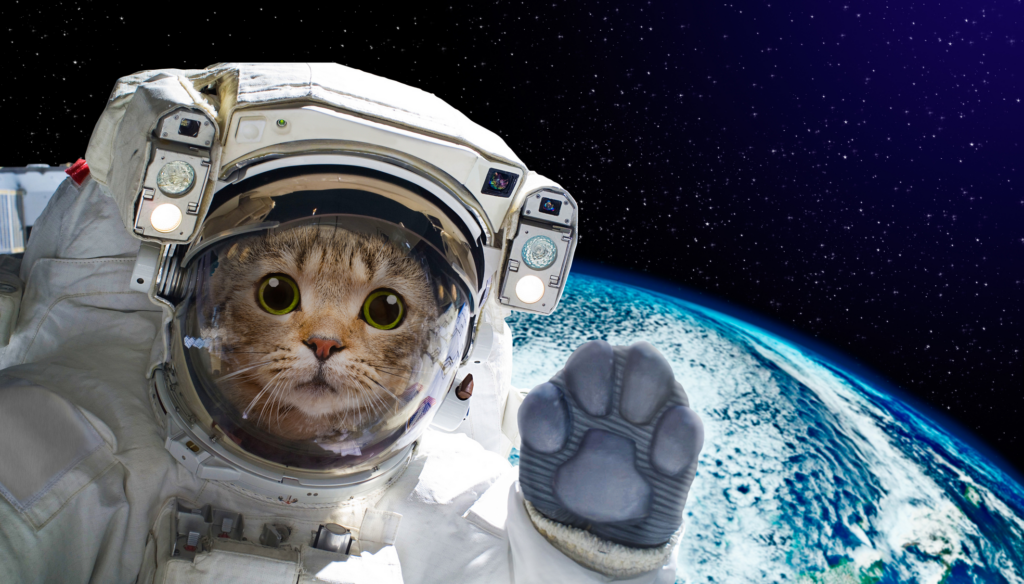Awesome Science Videos for Kids (and Grown-Up Kids Too)

Inspire your young scientists with some amazing STEM-centered videos on YouTube. (You can enjoy them too, because really, who DOESN’T want to see the world’s largest lemon battery, or learn how oxygen almost destroyed the world?)
Great channels to follow:
PBS Eons . This series, hosted by a paleontologist, a science writer, and some guy named Hank Green, provides bite-sized looks at momentous events and cool creatures from natural history. From the “cat-sized deer thing” that evolved into whales to fungi as tall as trees, they shine a spotlight on the fossil record and explain how we know what we know about creatures of the past.
. This series, hosted by a paleontologist, a science writer, and some guy named Hank Green, provides bite-sized looks at momentous events and cool creatures from natural history. From the “cat-sized deer thing” that evolved into whales to fungi as tall as trees, they shine a spotlight on the fossil record and explain how we know what we know about creatures of the past.
Mark Rober. Mark is really into winning, from science fairs to pinewood derbies to carnival games. He’s into winning through SCIENCE, though, and offers fun and older kid-friendly explanations for why certain wooden cars go faster than others, how some games are rigged, and more.
SciShow . Another Hank Green project, this one’s been around a while and has thousands of videos on everything from biology to climatology, physics to psychology, and a whole lot more. (Seriously, I haven’t actually managed to scroll to the end of their list of videos yet.) Learn which organs you can live without, whether animals like music (featuring fMRI of crocodiles!), and the six longest scientific experiments ever, among a whole lot more.
. Another Hank Green project, this one’s been around a while and has thousands of videos on everything from biology to climatology, physics to psychology, and a whole lot more. (Seriously, I haven’t actually managed to scroll to the end of their list of videos yet.) Learn which organs you can live without, whether animals like music (featuring fMRI of crocodiles!), and the six longest scientific experiments ever, among a whole lot more.
Patrick Kelly. Patrick offers deep dives into the history of medicine, such as an excellent series of videos on the history of antibiotics or one on the four classical humors. This channel is probably best for older kids/teens and adults.
Brusspup. This channel focuses on illusions, and for extra parent points, they’re often ones you can recreate at home using simple objects like water, food coloring, and corn syrup (for example, these 10 tricks that all use liquid).
Minute Physics. If you have a short time to watch (or just a short attention span), this is a great channel for quick, to the point answers to questions that vex the grade school set, such as whether walking or running through the rain will keep you dryer, why is it dark at night, and what if Earth were hollow?
 It’s Okay to Be Smart. Another PBS series, this ranges widely from topics like why humans are upside-down lobsters and why nature loves hexagons more than squares or triangles, to why February only has 28 days and how come salt and pepper are the two spices on every table.
It’s Okay to Be Smart. Another PBS series, this ranges widely from topics like why humans are upside-down lobsters and why nature loves hexagons more than squares or triangles, to why February only has 28 days and how come salt and pepper are the two spices on every table.
Veritasium. A motherlode of videos on every possible science and science-adjacent topic, from misconceptions about the universe to the most radioactive places on Earth to what the world looks like in ultraviolet.
Wendover Productions. Okay, it’s less STEM than “Huh. I never would have thought to ask that, but the answer’s cool,” but it’s still got some hilarious animation and a great narrator. Learn how geography influences a country’s success, how airports make money, and why the northernmost town in America exists.
Sid the Science Kid. From PBS Kids, a child-friendly exploration of several scientific fields with a mix of cartoons and puppetry.
Science Max. Home experiments gone BIG!
Amoeba Sisters. Demystifying science with cartoons and humor. Focused on high school-level biology, but we have it on good authority that it appeals to middle schoolers as well.
And don’t forget to watch videos curated especially for your career in our Video Vault!
Home Page ImageCreator: alphalight1
Source: https://pixabay.com/en/child-girl-young-caucasian-1073638/






0 Comments